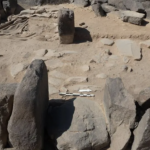The Colosseum: Rome’s Ancient Arena of Power
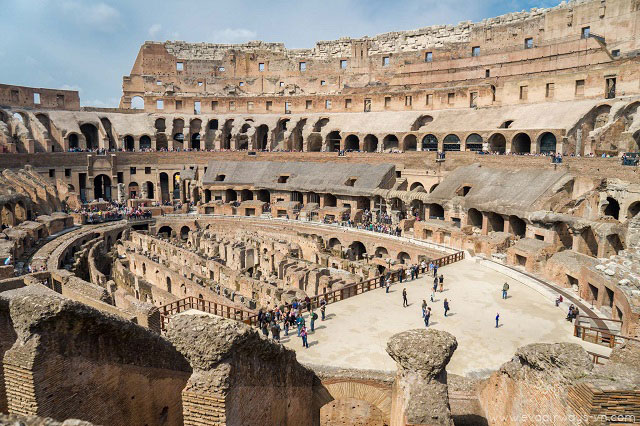
The Colosseum, originally called the Flavian Amphitheatre, is an iconic oval structure located in the heart of Rome, Italy, with a history stretching back nearly 2,000 years.
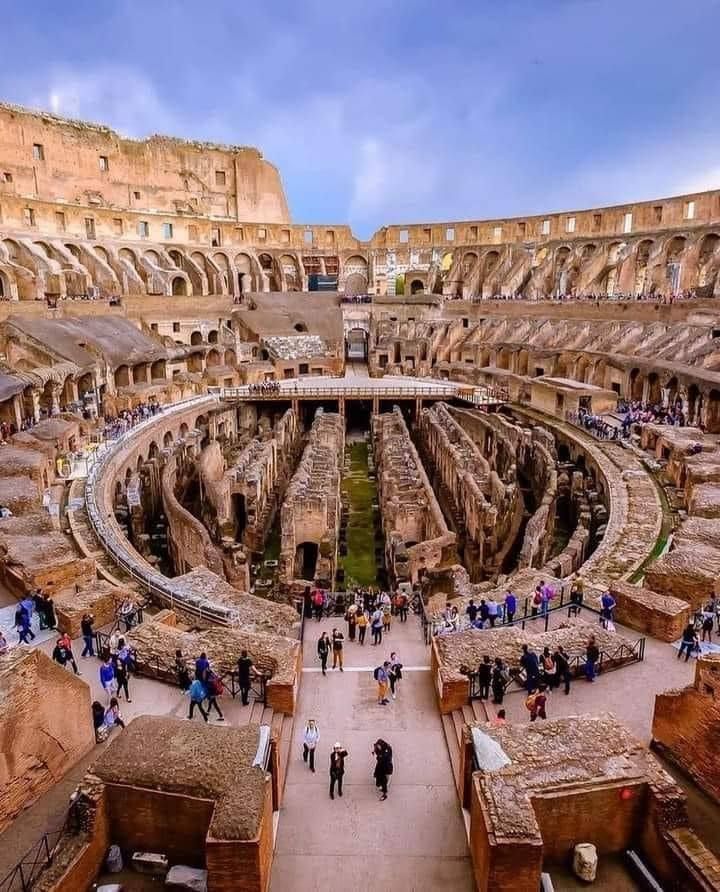
Built using travertine limestone, volcanic tuff, and brick-faced concrete, it was the largest amphitheatre of the ancient world, accommodating up to 80,000 spectators.

Construction began in A.D. 72 under Emperor Vespasian and was completed in A.D. 80 during the reign of his son and successor, Titus.
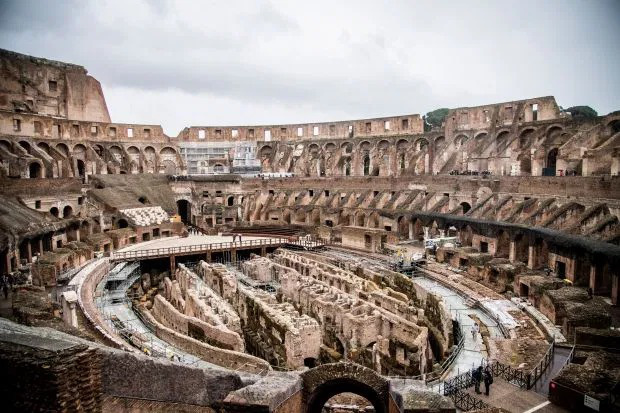
Additional enhancements were later made by Emperor Domitian. Named after the ruling Flavian dynasty, the amphitheatre stands as a monumental tribute to the family’s legacy and Rome’s architectural prowess.
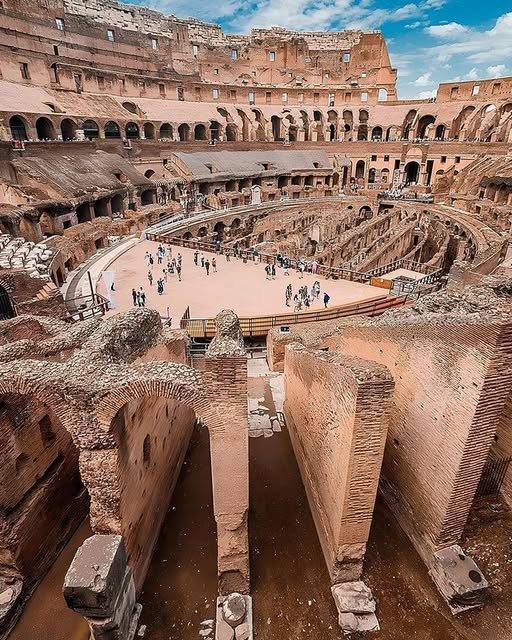
Positioned just east of the Roman Forum, the Colosseum remains a powerful symbol of imperial grandeur and Roman engineering excellence.







